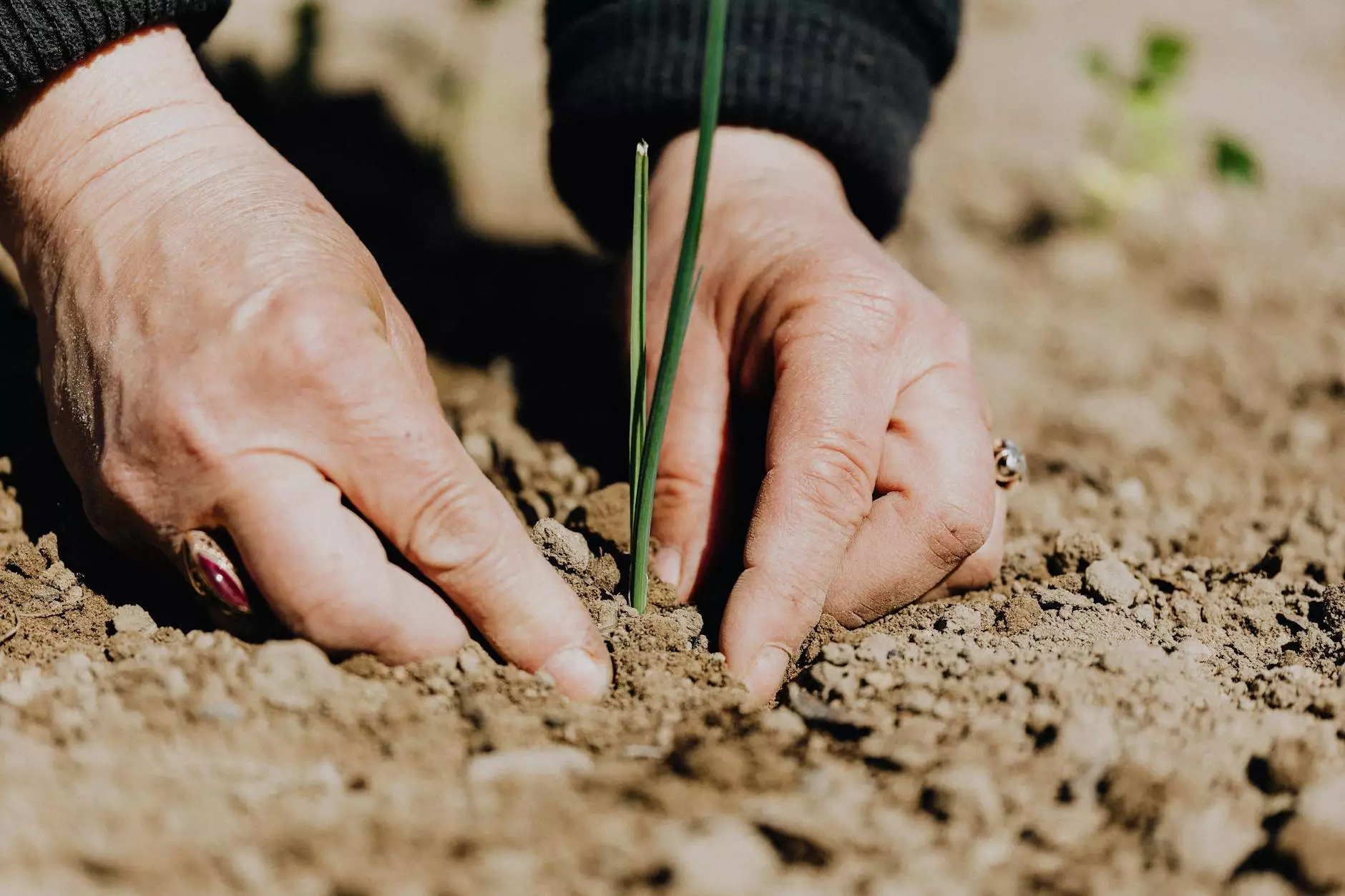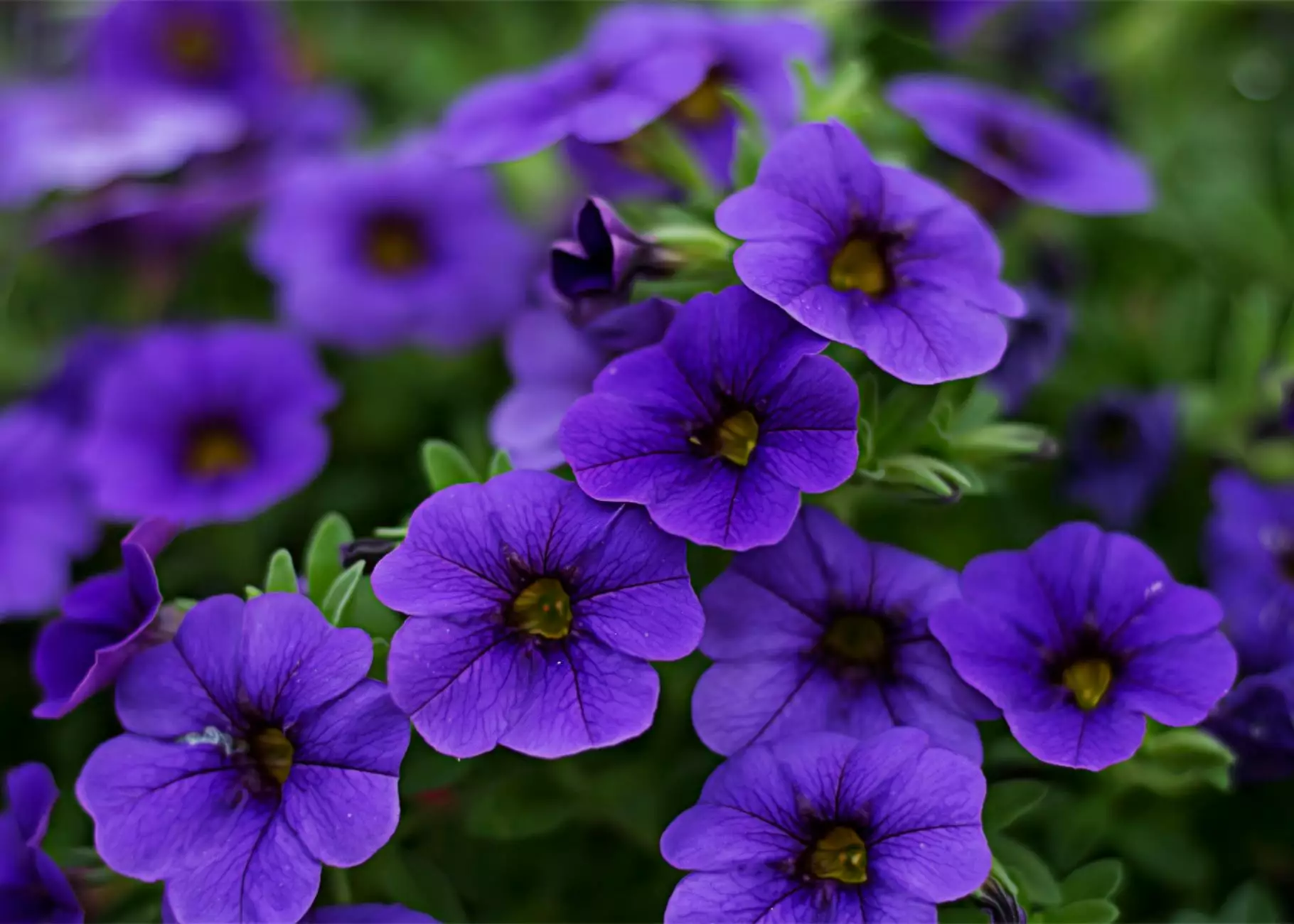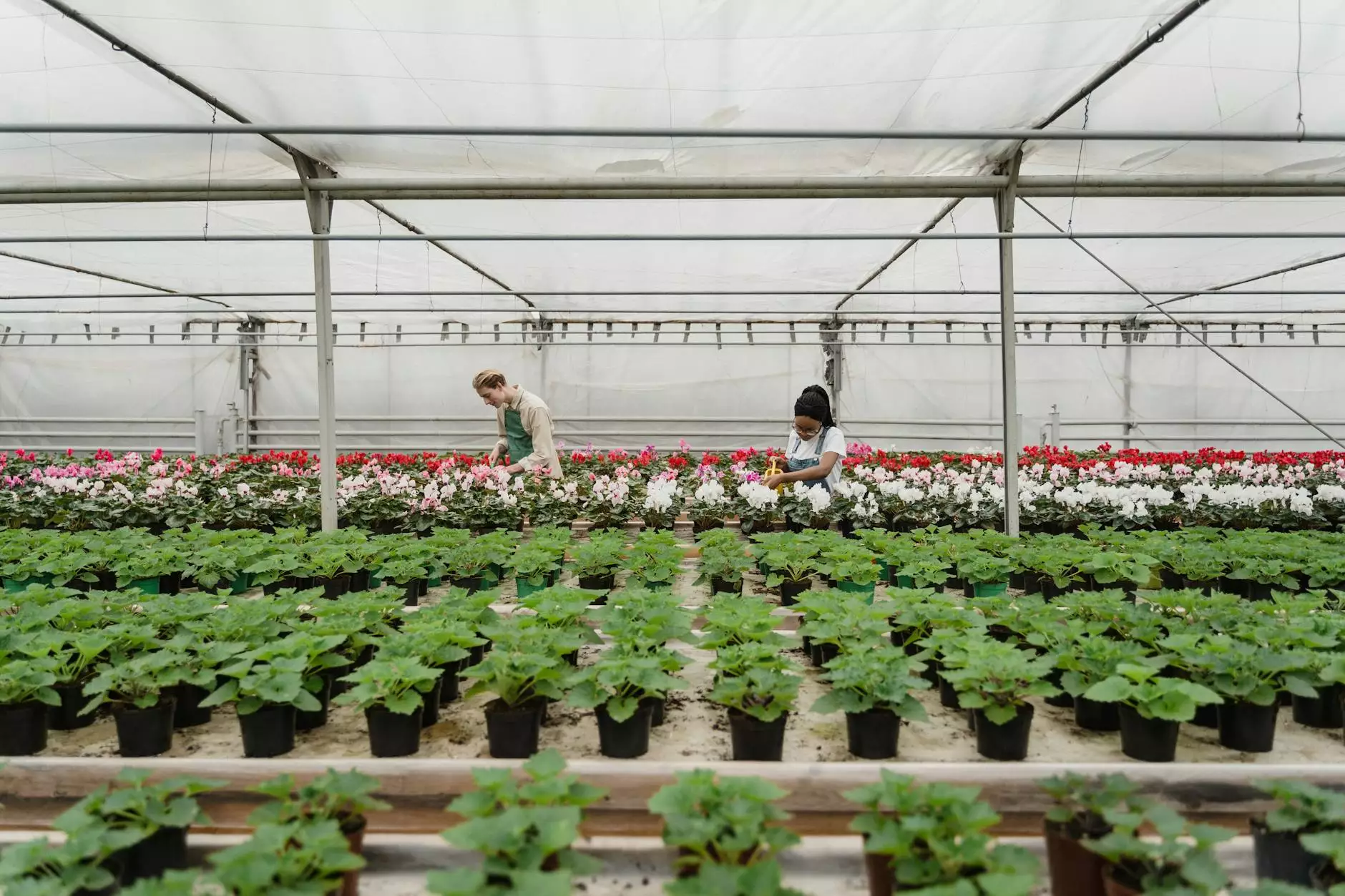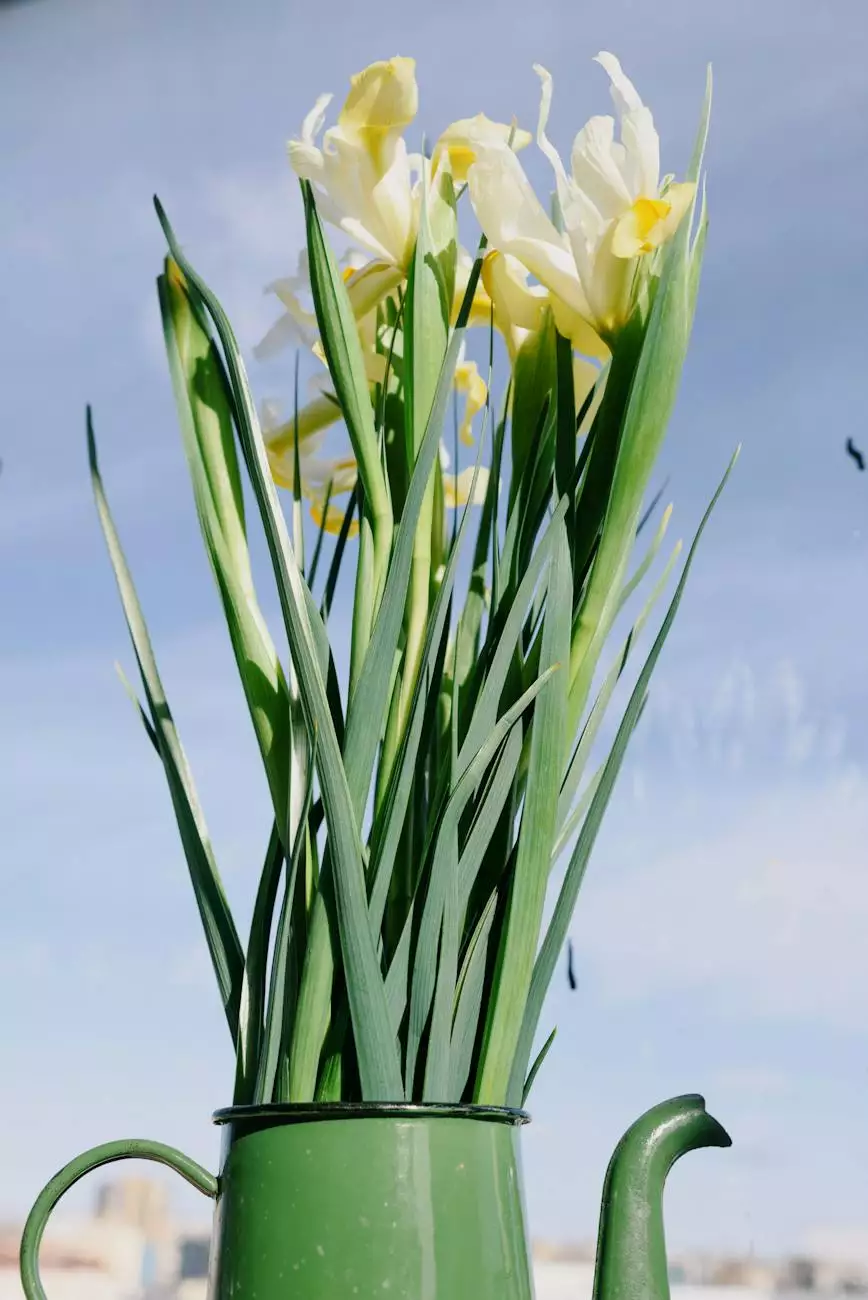Learn How to Care for Iris
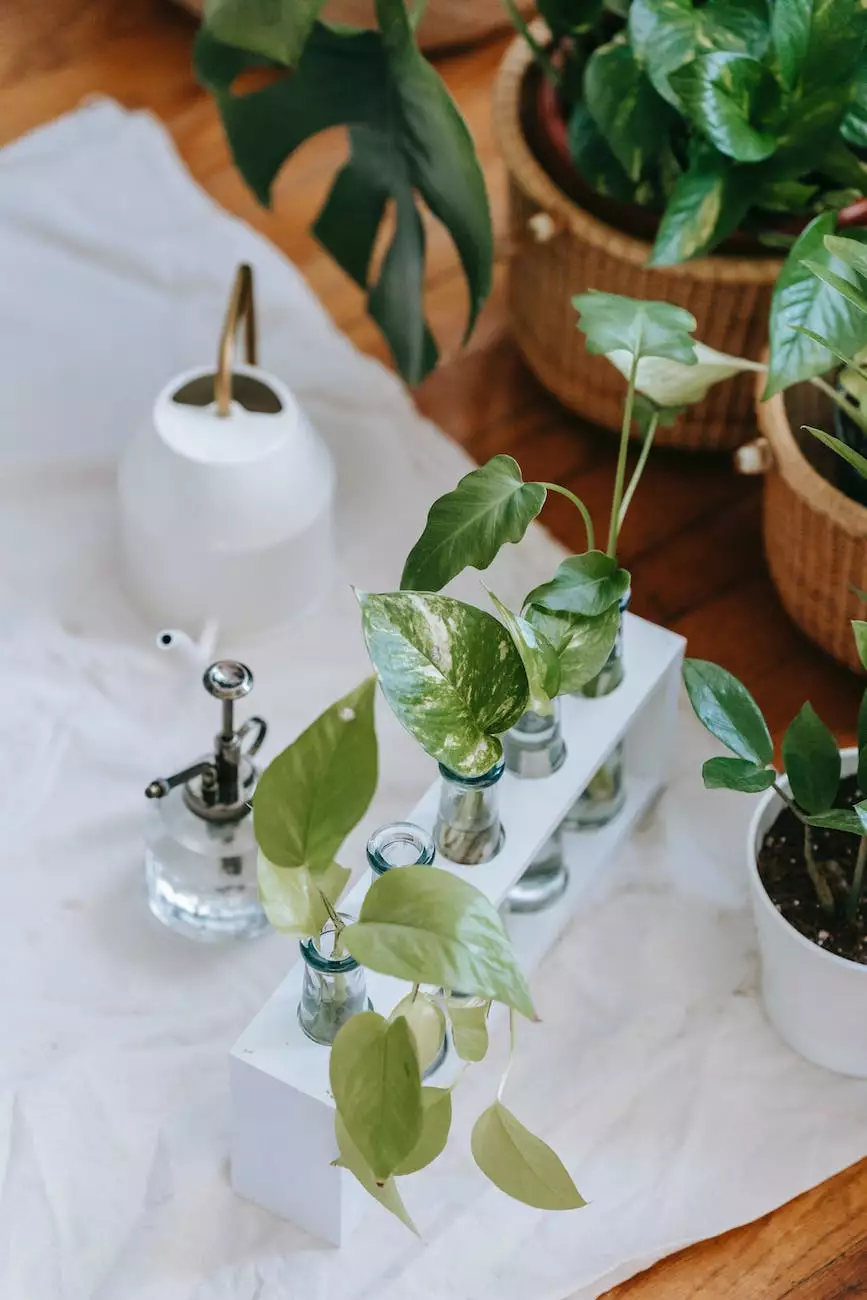
Growing Irises: A Detailed Guide for Beginners
Irises are breathtakingly beautiful flowers that can add a touch of elegance to any garden. If you're new to gardening or want to improve your iris care skills, you've come to the right place. In this guide, we will provide you with comprehensive information on how to grow and care for irises.
1. Choosing the Right Location
When it comes to growing irises, location plays a vital role. Irises thrive in areas with full sun exposure, preferably at least six hours of direct sunlight. Make sure to choose a location that has well-drained soil to avoid waterlogging, which can lead to root rot.
2. Soil Preparation
Preparing the soil correctly is crucial for the successful growth of irises. They prefer slightly acidic to neutral soil with a pH level between 6.0 and 7.5. Loosen the soil and remove any weeds or debris before planting. Adding organic matter, such as compost or well-rotted manure, can help improve soil fertility and drainage.
3. Planting Irises
Timing is crucial when planting irises. It's best to plant them in late summer or early fall, about four to six weeks before the first frost. Follow these steps for successful planting:
- Dig a hole deep enough to accommodate the iris rhizomes, usually around 8-10 inches.
- Place the rhizomes horizontally in the hole, spreading out the roots.
- Cover the rhizomes with soil, ensuring they are partially exposed to sunlight.
- Water thoroughly after planting to settle the soil.
4. Watering and Irrigation
Proper watering is essential for healthy iris plants. Irises require consistent moisture during their active growth period but should never be waterlogged. Water deeply at least once a week, allowing the soil to dry slightly between waterings. Mulching around the plants can help retain moisture and suppress weed growth.
5. Fertilizing Irises
Irises benefit from regular feeding to ensure vigorous growth and abundant flowering. Apply a balanced, slow-release fertilizer in early spring when new growth emerges. Avoid fertilizers high in nitrogen, as they can promote excessive foliage growth at the expense of flowers. Follow the manufacturer's instructions for proper application rates.
6. Pruning and Deadheading
To maintain the aesthetic appeal of your irises and encourage repeat blooming, proper pruning and deadheading are necessary. Remove spent blooms by cutting the flower stalk at its base using clean and sterilized garden shears. Prune back the foliage in late fall to prevent overwintering pests and diseases.
7. Pest and Disease Management
Although irises are generally low-maintenance plants, they can still be susceptible to certain pests and diseases. Keep an eye out for common issues such as iris borers, aphids, and fungal infections. Promptly remove any affected plant parts and consider using organic or chemical controls as necessary.
8. Dividing and Transplanting Irises
Over time, iris clumps can become overcrowded, leading to decreased flowering and overall vigor. Dividing and transplanting irises every three to four years can help rejuvenate them. Follow these steps:
- Carefully lift the clump of irises using a garden fork or spade.
- Separate individual rhizomes, discarding any weak or diseased ones.
- Trim the leaves to approximately 6 inches and the roots to about 4-6 inches.
- Replant the divided rhizomes at the desired spacing and depth.
- Water thoroughly and continue with regular care.
Conclusion
With proper care and attention, irises can thrive and reward you with their stunning blooms year after year. Remember to choose the right location, prepare the soil adequately, and follow the correct planting and maintenance techniques. Regular watering, fertilizing, pruning, and monitoring for pests and diseases will help keep your irises healthy and vibrant. Don't forget to divide and transplant the rhizomes when necessary to ensure continued success. By following these expert tips from La Venezia Art & Fashion, you'll be well on your way to becoming an iris care pro!


